Godzilla Minus One: 9 Easter Eggs & Details You May Have Missed
This article examines fascinating but often overlooked easter eggs and references within Godzilla Minus One. Without further ado, let's jump straight into it!
1. The Echo of Godzilla's Roar: A Direct Nod to 1954
In Godzilla Minus One, the mighty roar of Godzilla is a pivotal moment. It not only echoes the creature's iconic cry from the classic films but is extracted straight from the original 1954 movie's sound archives. The production team chose to broadcast this sound through genuine speakers on the film's set. This approach flawlessly integrates an authentic, spine-chilling dimension to the viewing experience, honoring Godzilla's inception and 1954's cinematic milestone.
Such meticulous attention to incorporation serves as a reverent gesture to the 1954 film. It enriches the film's narrative depth and serves as a poignant link to the franchise's pivotal starting point.
2. Godzilla's Rampage: Deja Vu from 1954's Tokyo Destruction
Relatedly, Godzilla Minus One significantly nods to the original 1954 movie through its portrayal of Godzilla's rampage in Tokyo. The devastating scenes in the film reflect the monster's first destructive appearance, showcasing his interaction with a commuter train, as well as the collapse of buildings and infrastructure in the city. These actions mirror the iconic sequence from the 1954 film.
Such echoing scenes meticulously recreated in Godzilla Minus One rejuvenate the intensity of the original havoc. This aspect is designed to resonate particularly well with die-hard fans of the franchise, demonstrating a keen homage to the sacred roots of the Godzilla series.
Furthermore, the film uses Tokyo's destruction as a window to deeper themes it explores. Godzilla's havoc stands for the results of war, human arrogance, and nature's immense power. This depiction prompts introspection on topics such as accountability and the repercussions of our decisions in crisis moments. By melding storytelling with destruction, Godzilla Minus One creates an unforgettable cinematic journey filled with themes that resonate profoundly with viewers.
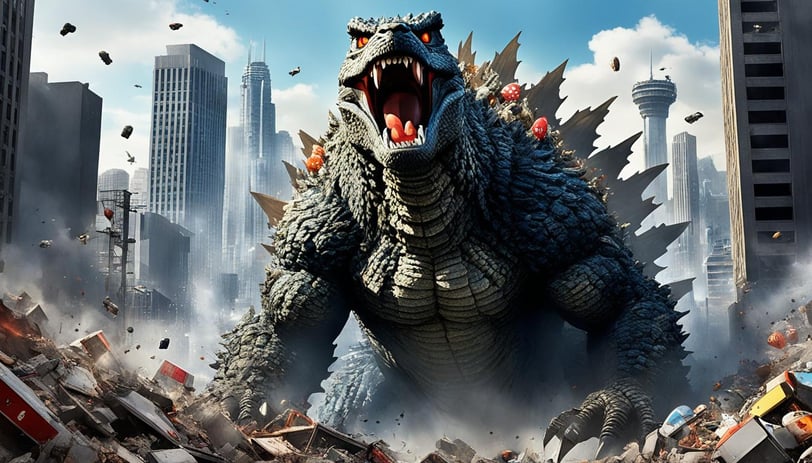

3. Callback to the 2001 Giant Monsters All-Out Attack
In the cinematic world, Godzilla Minus One masterfully crafts a callback to the acclaimed 2001 movie, "Godzilla, Mothra and King Ghidorah: Giant Monsters All-Out Attack". This reference shines through in Godzilla's fate, echoing the pivotal end of "Giant Monsters All-Out Attack". Each work sees Godzilla's downfall triggered by the misuse of his iconic atomic breath, leading to a stunning climax. These parallels not only showcase the film's narrative brilliance but also enhance the Godzilla series' depth and interconnection.
By celebrating "Giant Monsters All-Out Attack," Godzilla Minus One salutes its predecessor's narrative impact. This act of homage weaves a rich tapestry of continuity and common lore within the Godzilla mythos. It bridges old and new fans, offering a tribute to the franchise's legacy. Such gestures serve to deepen the viewer's understanding of the intricate Kaiju universe and its enduring legacy.

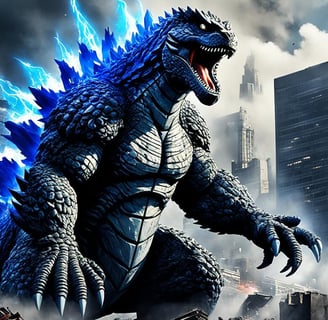
4. The Mythological Significance of Odo Island in Godzilla Lore
Odo Island plays a pivotal role in the Godzilla universe, having been featured in prior films. It is on Odo Island where those who survived a Godzilla onslaught sought refuge, and where the myth of Godzilla originated. Godzilla Minus One continues this saga, portraying Odo Island as the site of Godzilla's initial strike.
The film further weaves the Godzilla mythology by naming a ship after the one in the 1954 film, forging a direct link to the Godzilla lore.
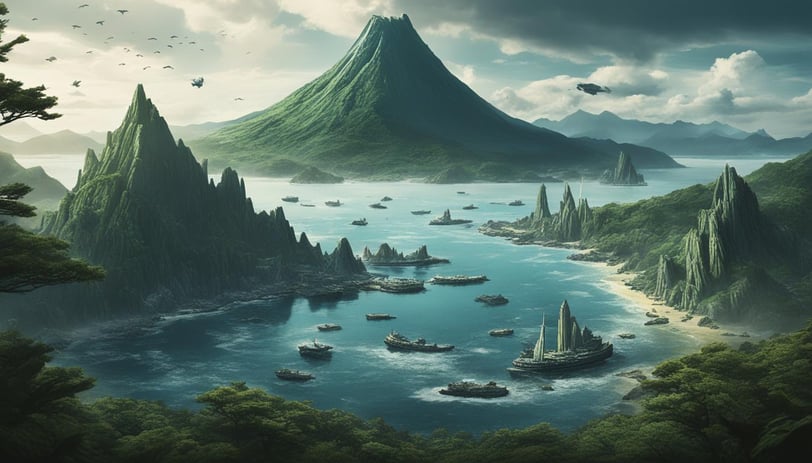

5. Orchestral Odes: Godzilla's Musical Heritage
At the heart of the Godzilla franchise lies its iconic musical score. This score, composed by the legendary Akira Ifukube for the original 1950s film, is deeply ingrained in the franchise's history. Godzilla Minus One, honors this musical legacy by featuring Ifukube's original theme.
The movie's soundtrack is further enriched by tracks from other Godzilla films. In essence, it acts as a musical tribute to the franchise, inviting fans to recall the excitement and emotion of past Godzilla adventures.
Naoki Sato, a renowned composer in his own right, crafted the score for Godzilla Minus One. This unique collaboration marked Sato's debut in the Godzilla franchise, infusing the soundtrack with a sense of newness and anticipation. With his contribution, the film's creators aimed to blend innovation with tradition, ensuring the music both honored and evolved the Godzilla musical identity.
The three-part "Godzilla Suite" stands out in the film's score, offering a 10-minute musical journey. This suite, featuring updated renditions of Ifukube's classic scores, encapsulates the essence of Godzilla's legacy. It marries tradition with modern flair, presenting a musical narrative that respects the past while embracing the future of Godzilla cinema.
Various character-specific themes enrich the film's soundtrack. These themes, such as Koichi's six-note motif and the protagonist's four-note theme, deepen the emotional and narrative complexities of the story. The recurring three-note motif for Godzilla himself highlights his larger-than-life presence, underscoring his significance as the film's central figure.
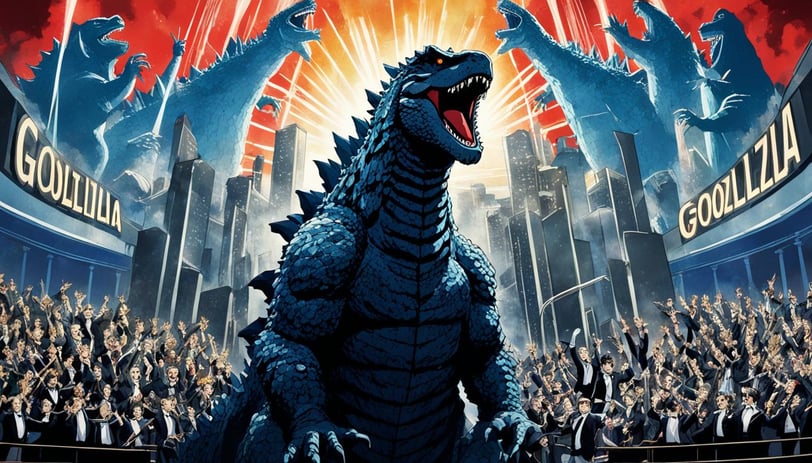

6. Name as Tribute: Protagonist Koichi Shikishima's Hidden Layers
The name of the central character, Koichi Shikishima is replete with historical references. Koichi's forename, significantly, nods towards Koichi Kawakita, renowned for his tenure as the special effects coordinator for Godzilla productions spanning 1985 to 1995.
Simultaneously, the surname Shikishima is a poignant link to the inaugural air squadron to undertake a kamikaze mission during the Second World War. These meticulously selected appellations infuse the character of Koichi Shikishima with multifaceted significance, enriching the narrative fabric of Godzilla Minus One.
7. Character Continuity: Noriko and the Legacy of Dr. Serizawa
In the narrative of Godzilla Minus One, a profound character continuity emerges, linking Noriko directly to the indelible legacy of Dr. Serizawa as portrayed in the original 1954 film. As a direct casualty of Godzilla's devastating atomic breath, she adorns her visage with a bandage, specifically veiling her right eye, akin to Dr. Serizawa's concealed eye beneath his patch. This nuanced mirroring serves as a poignant homage to the iconic figure of Dr. Serizawa.
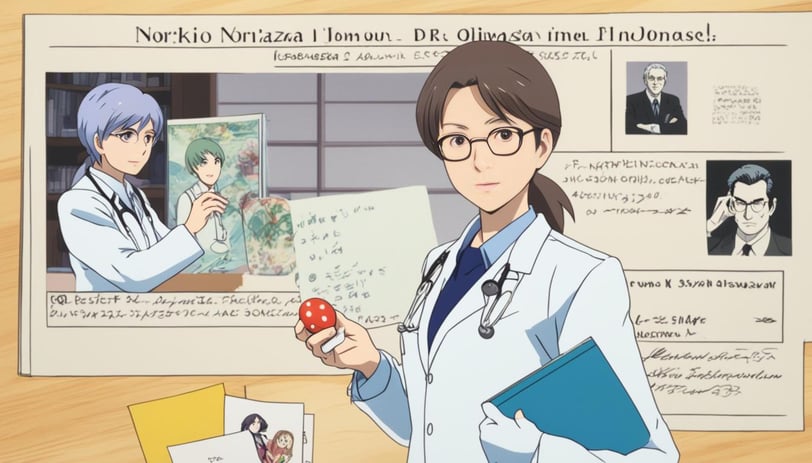

8. Oxygen Destroyer: The Scientific and Terrifying Implications
The depiction of the Oxygen Destroyer weapon in Godzilla Minus One strikes a balance between scientific fascination and sheer terror. The chilling imagery of dead deep-sea fish floating to the surface, a prelude to Godzilla's arrival, draws unmistakable parallels with the terrifying capabilities of the Oxygen Destroyer, first glimpsed in the 1954 seminal Godzilla film. These scenes underscore the devastating power of Godzilla and his impact on the environment, offering a nuanced exploration of both scientific and environmental themes within the franchise.
In Godzilla Minus One, the Oxygen Destroyer is utilized as a metaphor for the aftermath of nuclear warfare, explicitly referencing the horrors of World War II. It ominously signifies the repercussions of unchecked scientific progress and the potential for widespread destruction, evoking real-world fears of radiation and environmental contamination.
Moreover, the portrayal of lifeless deep-sea fauna symbolizes the ecological toll of Godzilla's rampages. This vibrant imagery dispels the notion of Godzilla as a mere rampaging beast, transforming him into a symbol of nature's wrath. The dead fish serve as a poignant reminder of the far-reaching ecological harm caused by Godzilla's movements, underlining his significance beyond mere destruction.
9. Godzilla's Dinosaur Roots Explored in Godzilla Minus One
In Godzilla Minus One, the narrative delves deeply into the origins of Godzilla, depicting its nascent form as an entity akin to dinosaurs. This depiction reveres past installments, such as "Godzilla vs. King Ghidorah," which first introduces Godzilla as a dinosaur. It then transitions to a mutation narrative. Through this lens, the film traces the evolutionary path, highlighting the creature's journey to becoming the force of destruction it embodies today.
The narrative, furthermore, vividly portrays the creature's genesis on Lagos Island amidst the tumult of World War II. This setting amply showcases mankind's inadvertent role in Godzilla's transformation into a mighty menace. Such a portrayal underscores the theme of human influence on Godzilla's evolutionary arc, reinforcing its eventual enmity toward mankind.
Intertwined with the dinosaurian motif, a recurring motif of deceased fish features prominently, allegorizing Godzilla's catastrophic impact on the ecosystem.
Conclusion
The film marks Godzilla's return to his ominous origins, portraying him as a menace to Japan. The narrative is rich, illustrating Japan's post-war struggle with a plan orchestrated by its inhabitants. It ends optimistically, yet leaves an opening for a sequel, thereby igniting curiosity for future developments within the Godzilla mythos.
Themes of transformation and optimism resonate through Godzilla Minus One, highlighted by Tachibana's altruistic action. The conclusion, where humans pay their respects to Godzilla, evokes a profound reflection on our responsibility towards catastrophic creations.
